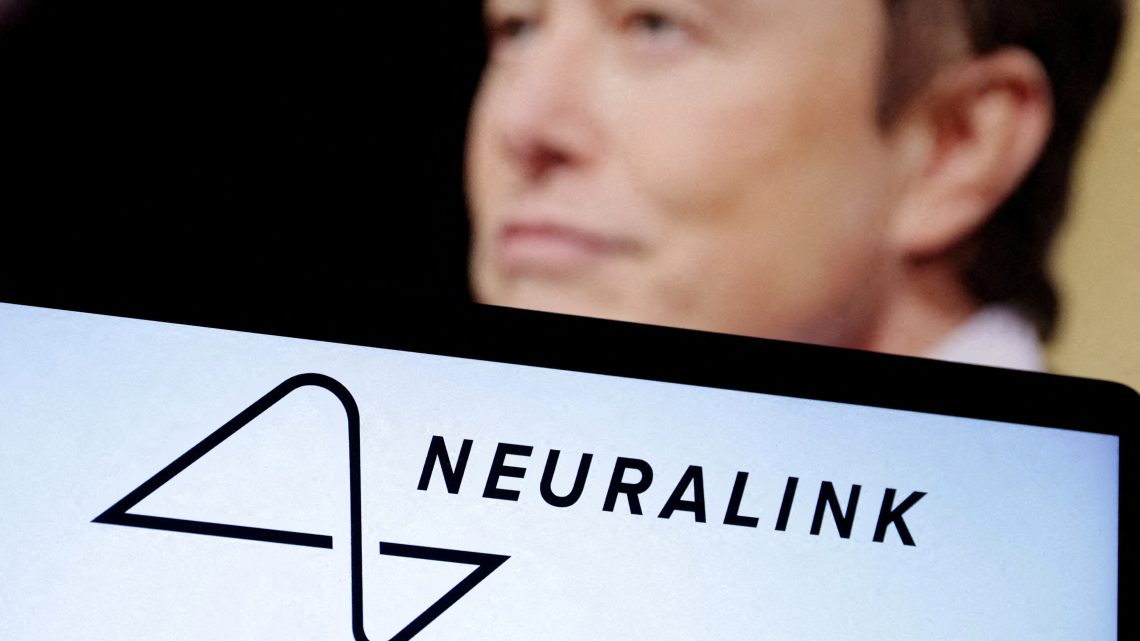
Elon Musk’s Neuralink Achieves Breakthrough: Paralyzed Patient Controls Computer Cursor with Brain Chip
April 1, 2024Neuralink, Elon Musk’s brain-chip company, has reached a significant milestone by demonstrating its first patient moving a cursor on a computer using an implanted device. In a nine-minute livestream on X, previously known as Twitter, Noland Arbaugh, who was paralyzed below the shoulders after a diving accident, utilized the cursor to play chess online.
Arbaugh received the chip implant in January as part of Neuralink’s mission to connect human brains to computers, aiming to address complex neurological conditions. Describing the surgery as “super easy” during the presentation, Arbaugh also revealed using the brain implant to play the video game Civilization VI for eight hours straight, regaining an ability he had lost. However, he acknowledged encountering some issues with the new technology.
Neuralink’s device, comparable in size to a one-pound coin, is surgically inserted into the skull and features microscopic wires capable of reading neuron activity and transmitting a wireless signal to a receiving unit.
The company has conducted trials involving pigs and claimed that monkeys were able to play a basic version of the video game Pong. The Food and Drug Administration (FDA) granted Neuralink permission to test the chip on humans in May 2023.
Neuralink’s achievement adds to the growing interest in brain-computer interface (BCI) technology, with various companies and academic institutions working to refine and commercialize similar innovations. For instance, École Polytechnique Fédérale in Lausanne, Switzerland, enabled a paralyzed individual to walk solely by thinking about the movements, utilizing electronic implants on the brain and spine to wirelessly communicate thoughts to the legs and feet. This breakthrough was detailed in a peer-reviewed journal Nature last year.
The human brain, comprising around 86 billion neurons connected by synapses, generates electrical impulses that facilitate movement, sensation, and cognition. BCI technology detects these signals, either through non-invasive caps or implanted wires, allowing for interaction between the brain and external devices.
As research funding continues to pour into BCI technology, it holds immense potential for revolutionizing healthcare and enabling individuals with disabilities to regain lost functionalities, marking a significant step forward in the intersection of neuroscience and technology.

